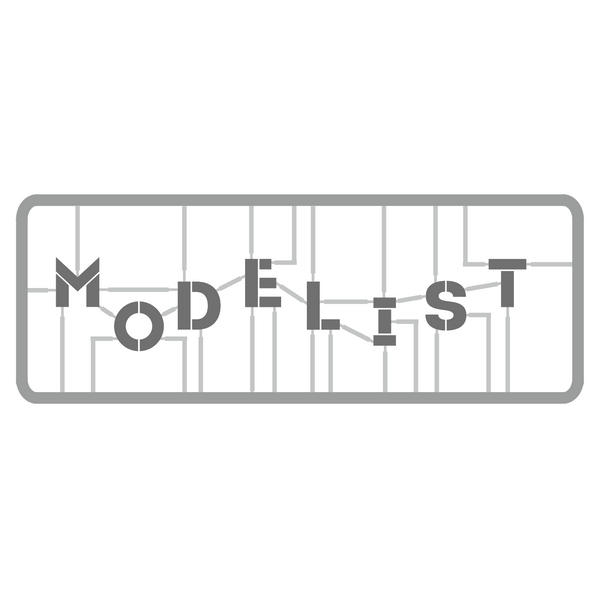What's on my desk? Part 53.
Share
Happy New Year! May '25 bring you everything you could wish for.
So. I've been working on Fram the past week. First off, I glued the decks onto the rib structure. They are curved upwards, so it took some time and superglue to keep everything in place. The next step requires a lot of elbow grease: you need to sand the ribs to follow the curve of the hull. As these parts are laser-cut the sides are straight and stick out a bit out of the bow and stern sides. I have a decent enough sanding block, but the sand paper I had available was 600 grain. This, as it turns out, is way too fine for the amount of material that needs to be removed and the wood dust almost immediately fills the grain. I used 400 grain on the tram and that went a lot faster. I had some rough sanding sponges and some files that could help, but all the sanding could have gone a lot faster with the appropriate tools. Something that will be a bit of a theme this blog...
Anyway, once the curve has been sanded (and I suspect I didn't do it properly...), the rear deck needs a railing added. This is the first time you'll be using nails in the build. I used a Mantua nail driver for this. It works perfectly for the soft wood that is used in the railing and deck base, but I ran into trouble with it later.
Here's the ship after sanding and attaching the railing. This need to be painted grey on the inside face before fixing, to prevent spilling paint on the deck. The nail driver is pictured bottom right. The head of the tool is hollow and moves over a fixed base to push the nail into the wood.
Once the hull shape has been sanded; it's time to plank! The entire hull is formed out of 2x5mm strips of lime wood. You're supposed to soak them in water to make them more flexible, then glue and nail them to the ribs and each other. Any gaps will have to be filled with fillets you cut yourself. Like so:
There's a triangular fillet already inserted third plank down, forward (left) of the railing.
The biggest issue I had here was the nail driver. It works great for the soft wood of the ribs, but the central spine is made of a much harder plywood, which is nearly impossible for the nail driver to push nails in straight. I needed a hammer, but I also wanted to keep going. As a result: damaged planks. In the end I pushed some of the nails in as far as they would go, then left them until I was able to get a small hammer. I know this doesn't look very nice, but keep in mind these are the inner hull planks. They need filling and sanding smooth, and a layer of thin sapelli strips will go over it.
In the meantime, I started on one of the lifeboats. They're basically made the same way as the ship, only a lot smaller. First the ribs, then sanding, then planking. OcCre supplies a plate to go on top to hold the ribs in place. Once the life boat has been planked, this needs to be cut off along small incisions on the ribs. You can see I've started sanding a bit, but it still needs a lot of work. And there's four of them!
Yesterday I made a trip to the hardware store and got a small hammer, some contact glue, 240 & 400 grain sandpaper, a steel ruler and a big file.
So the lesson for today: get proper tools! Good quality tools, specific for the job at hand. It makes our modelling life a whole lot easier.
That's it. See you next week!




